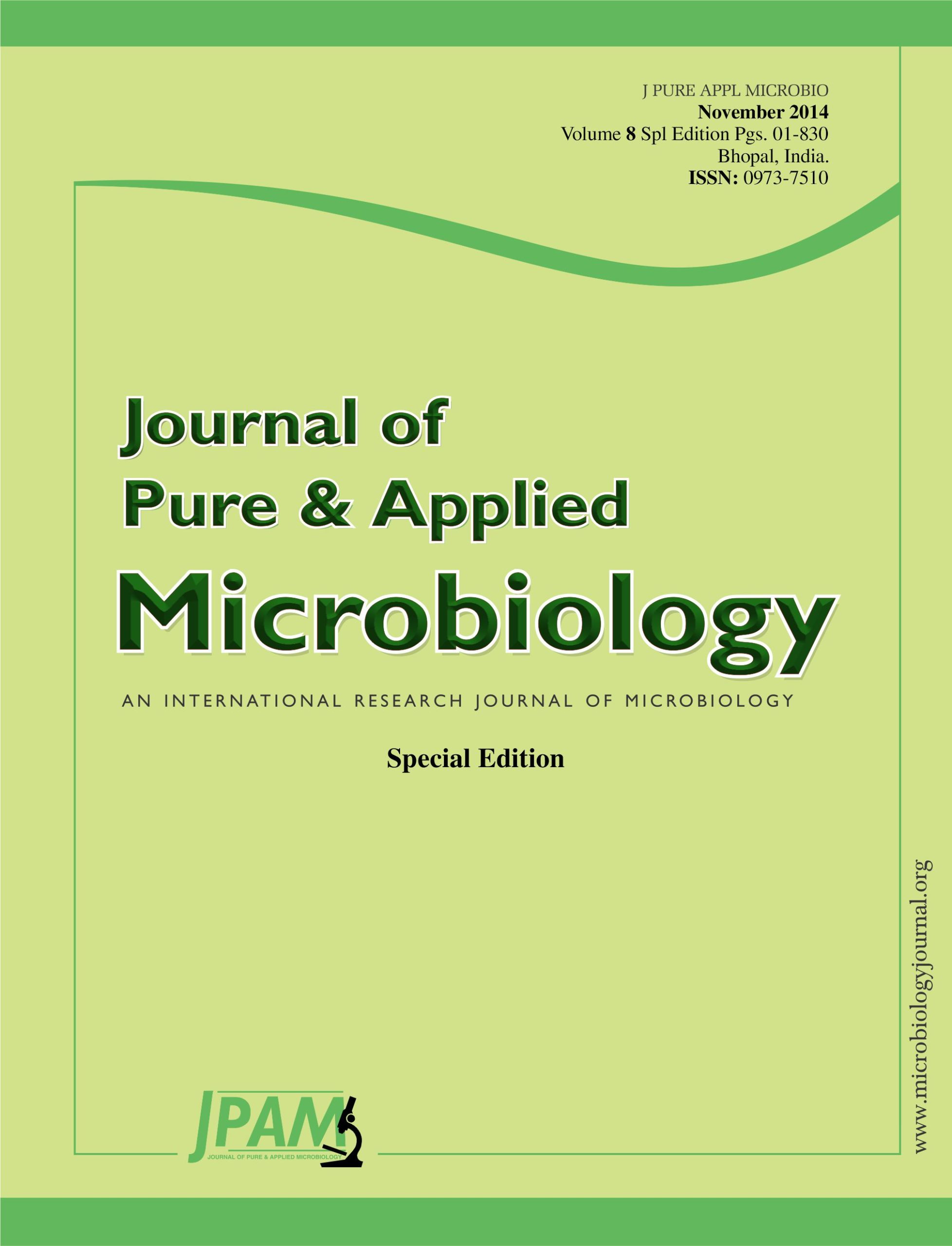The xylanase producing bacteria were isolated from soil. Among which three isolates KA01, KA02 and KA03 were used for further studies. From optimization study it was observed that, xylanase production is maximum at pH 5 and 30°C when 2% (v/v) inoculum of bacterial isolate KA01 was inoculated for 36 hours at 4% concentration of Nichotina tabaccum leaf dust provided with potassium nitrate (1% w/v) as nitrogen source and xylose as carbon source in nutrient medium under submerged condition at 150 rpm. Isolate KA 02 gives maximum xylanase production at optimized pH of 7, fermentation temperature 25oC, substrate concentration 5%, inoculum size 5%, incubation time 36 hrs, N- source urea and peptone (0.75%) and xylose as sugar source. Bacterial isolate KA03 reproduced maximum xylanase at pH 7.5, incubation temperature 50oC, concentration of substrate 3%, inoculum size 2%, incubation time 48hrs, N- source potassium nitrate and fructose as sugar. Inoculum age of 12 hrs was found optimum for all the three isolates. Further the xylanase production was found highest (1.77 U/mL) under KA 01 fermented under its optimized conditions compared to other two isolates in their optimized conditions.
Fermentative production, optimization, enzyme production, plant leaf dust
© The Author(s) 2014. Open Access. This article is distributed under the terms of the Creative Commons Attribution 4.0 International License which permits unrestricted use, sharing, distribution, and reproduction in any medium, provided you give appropriate credit to the original author(s) and the source, provide a link to the Creative Commons license, and indicate if changes were made.


